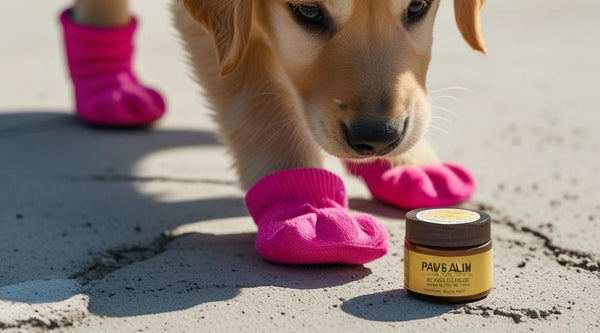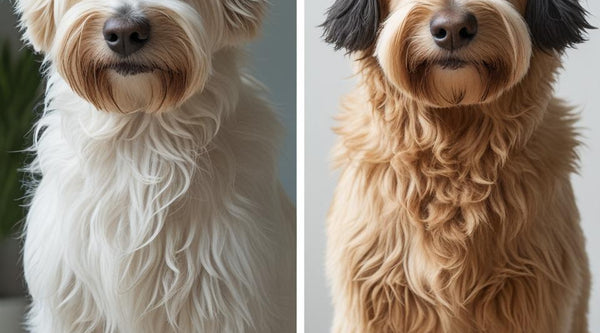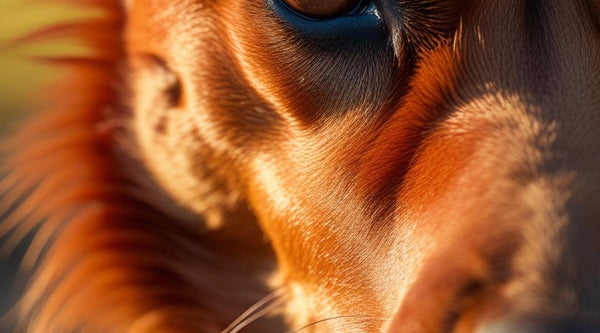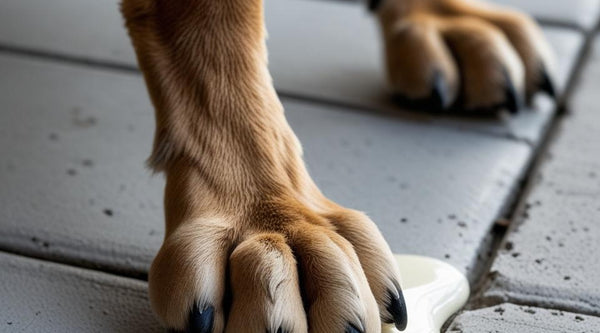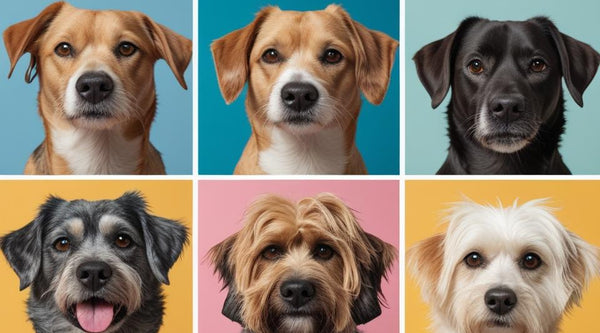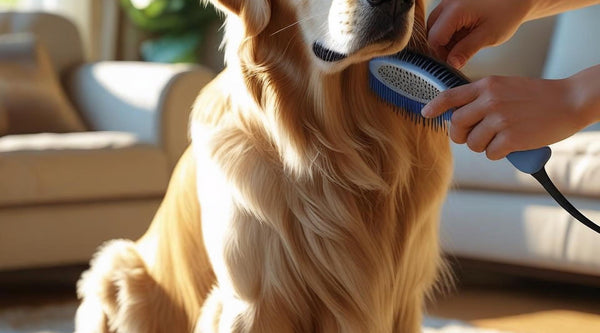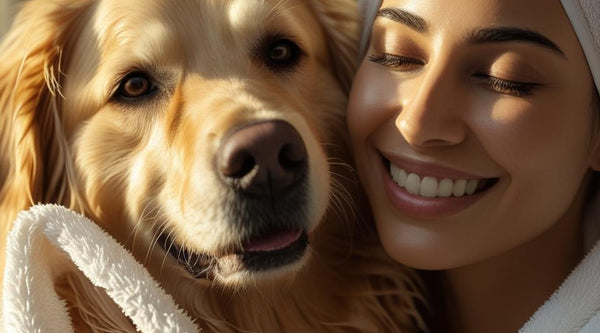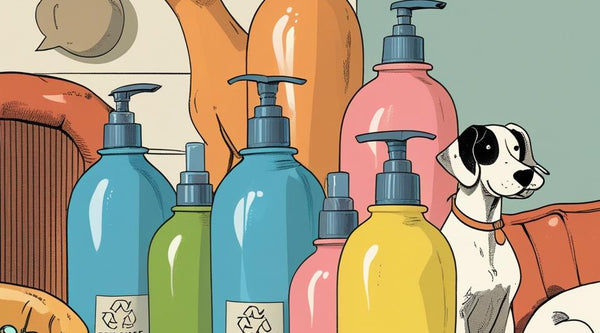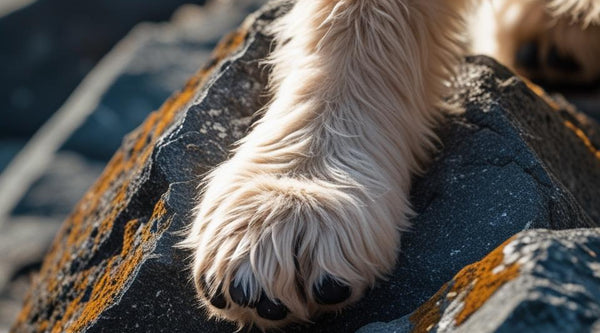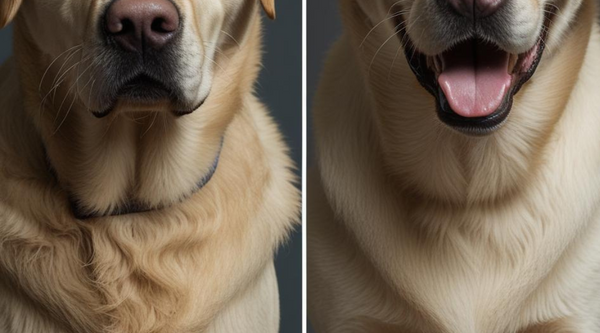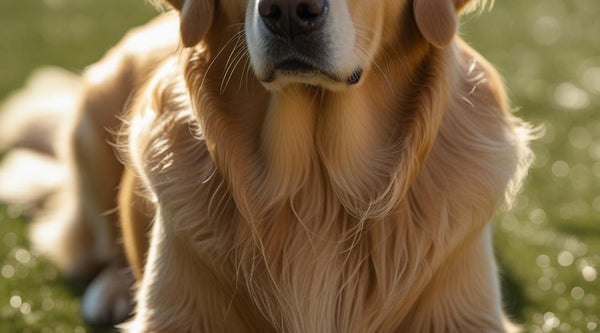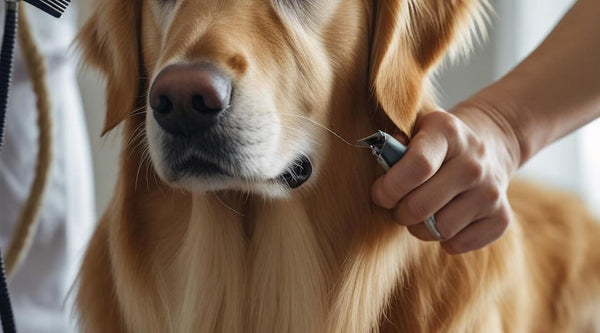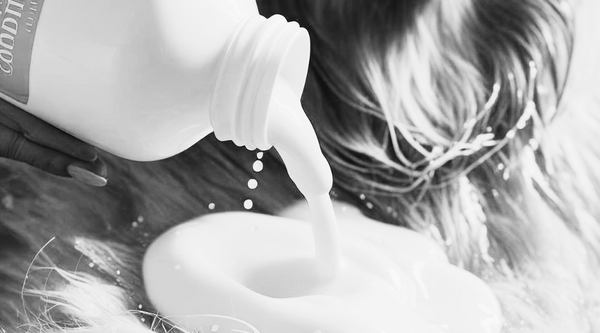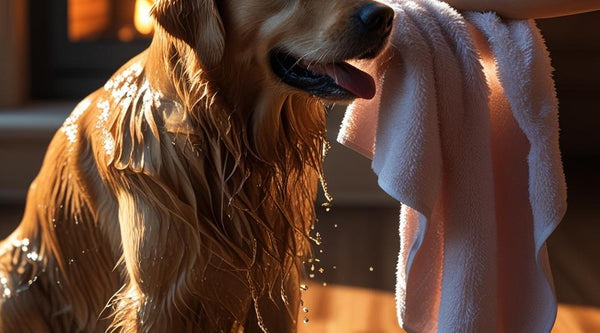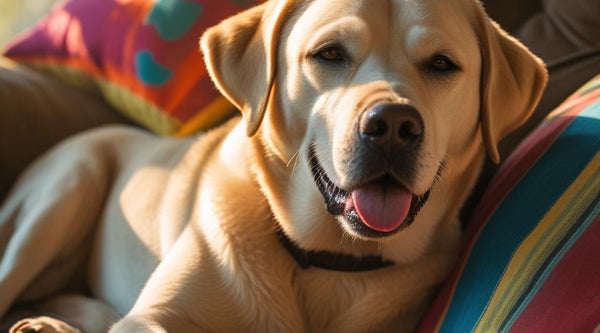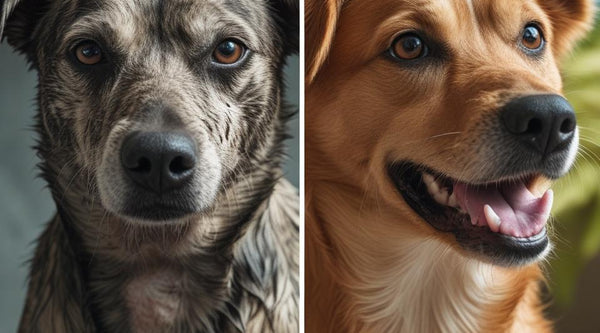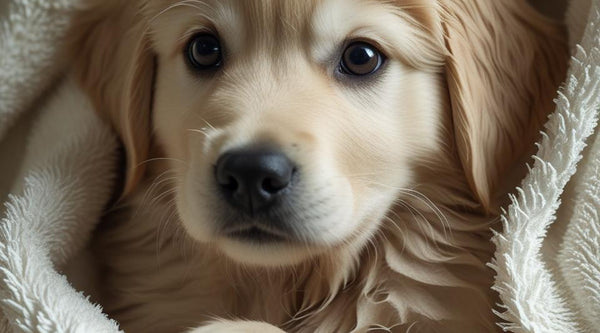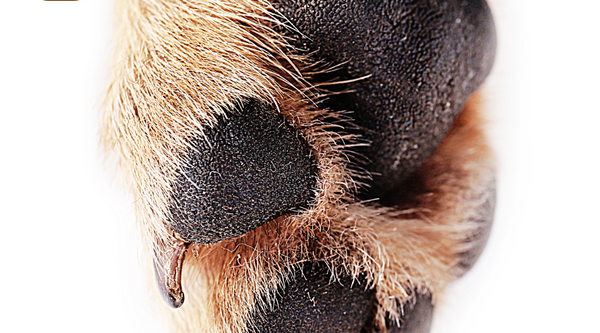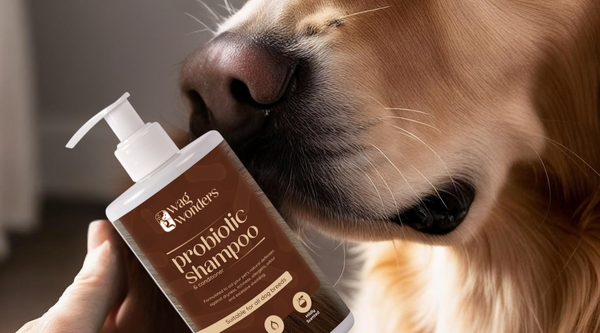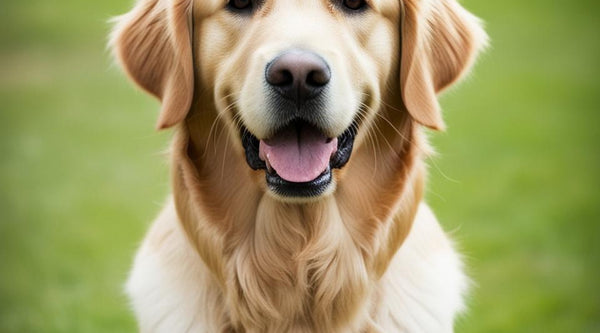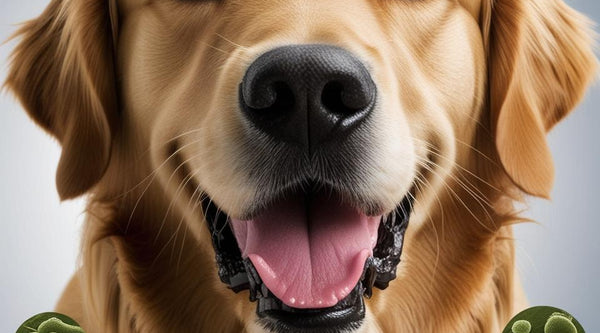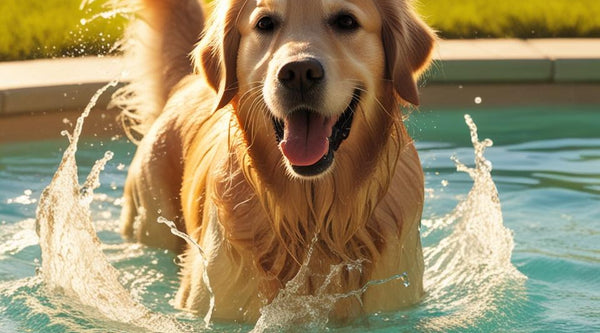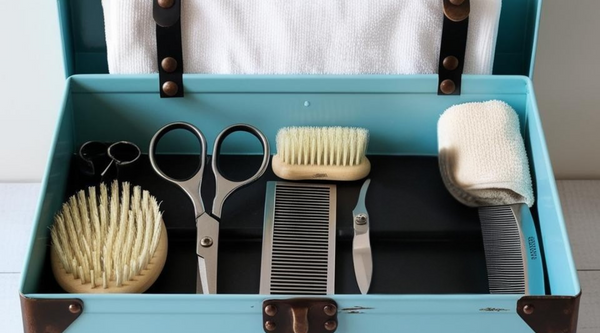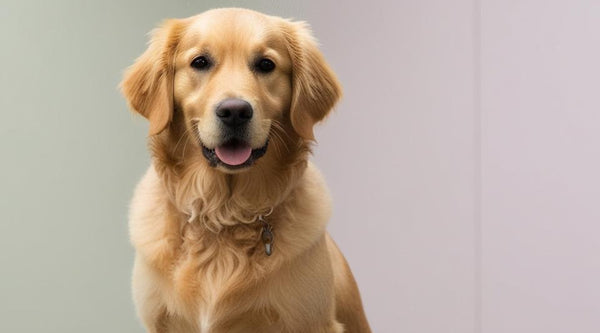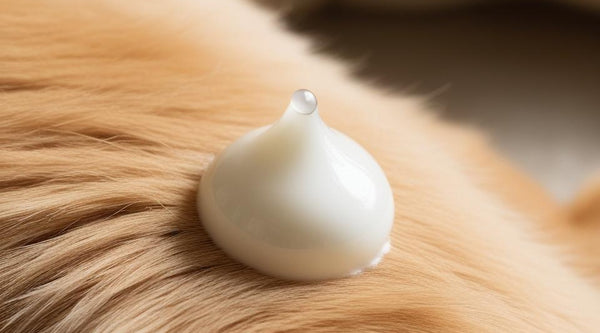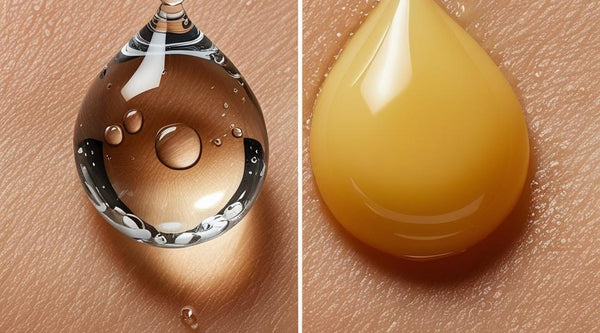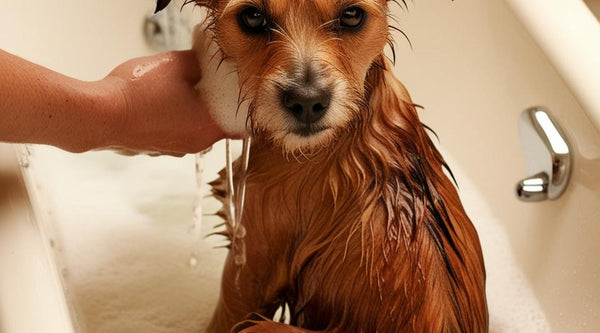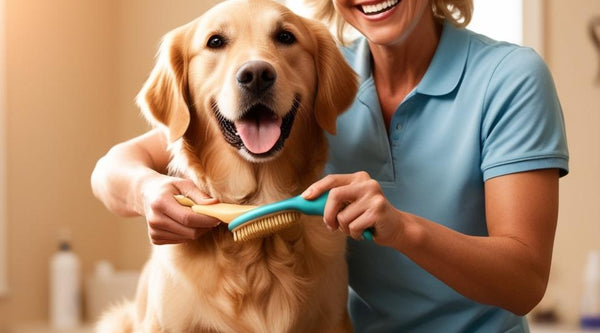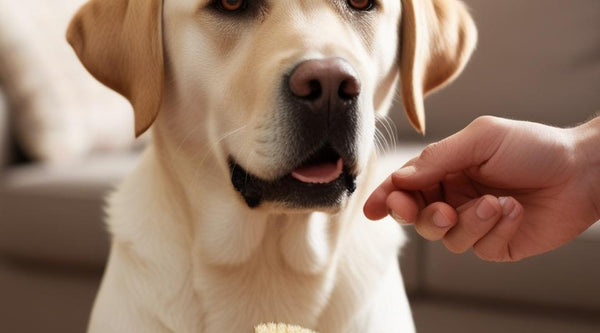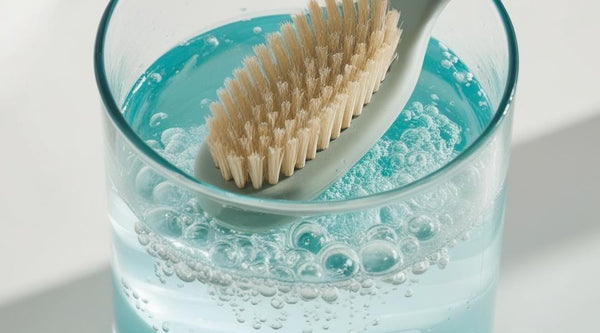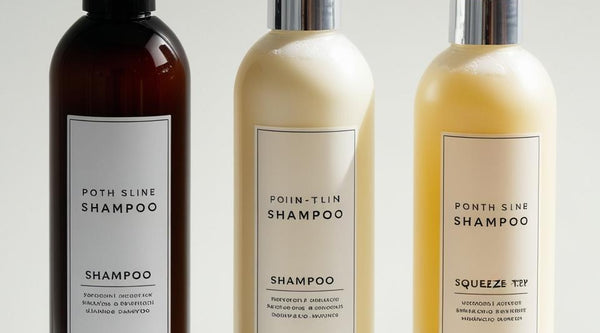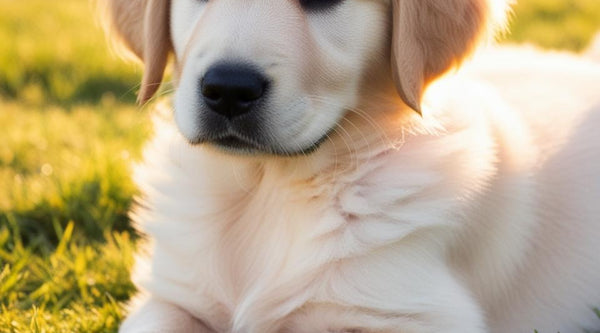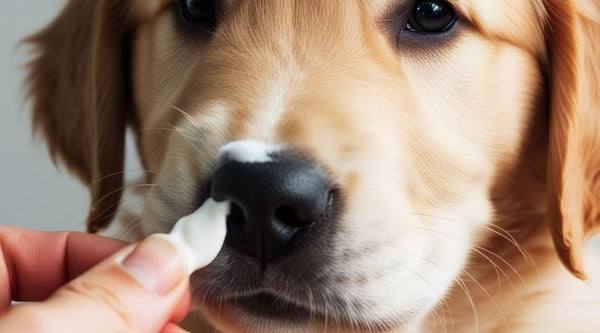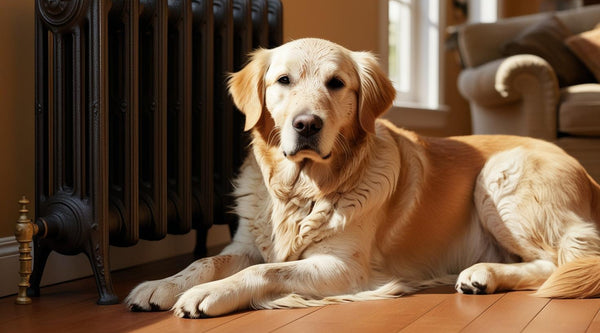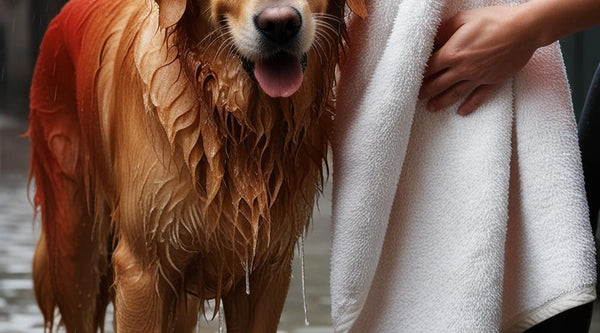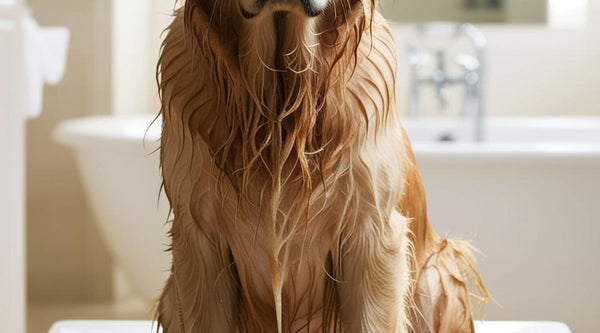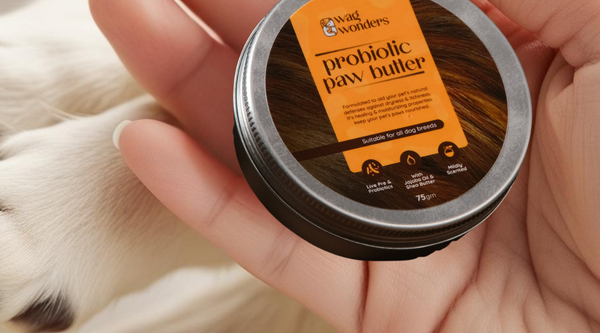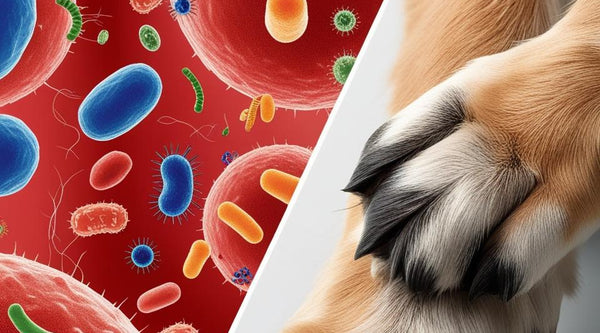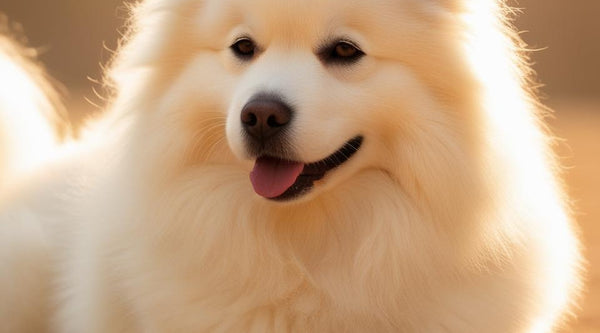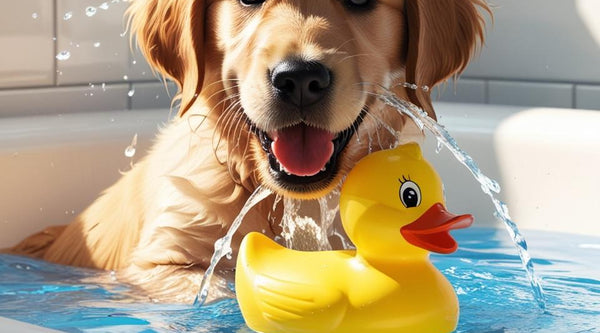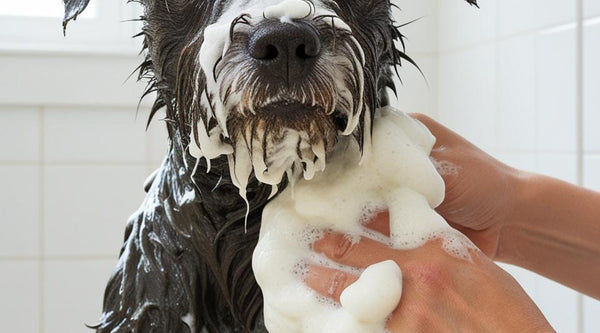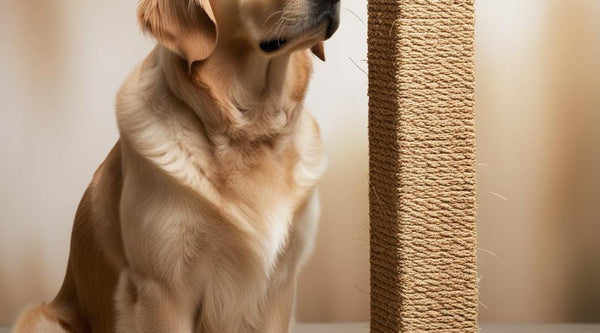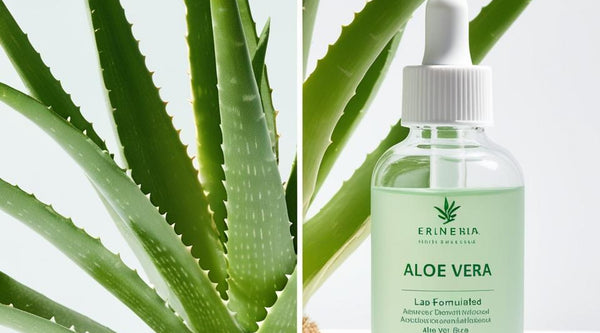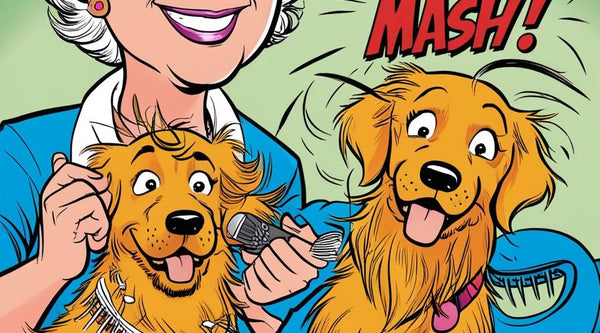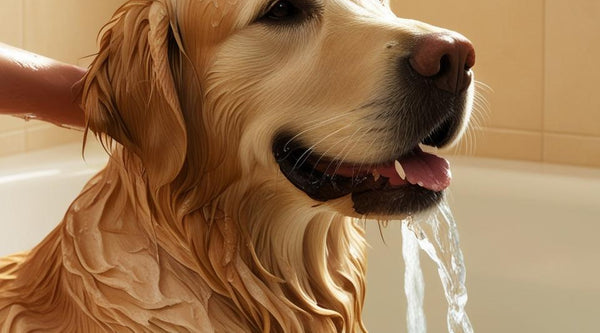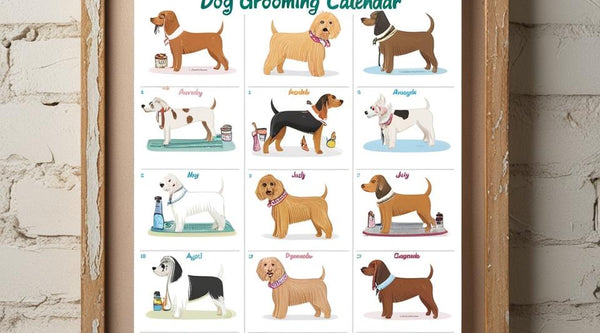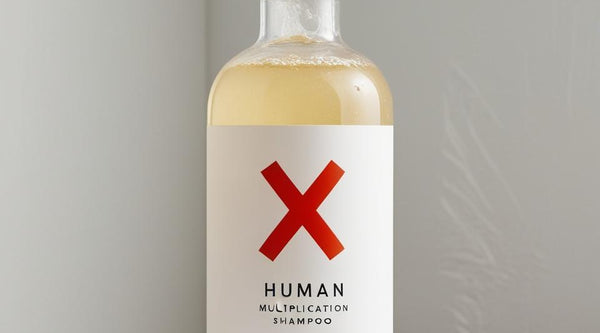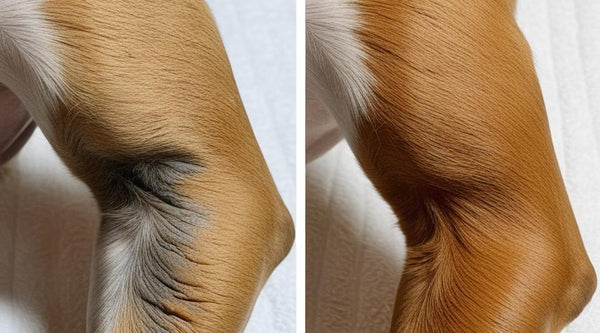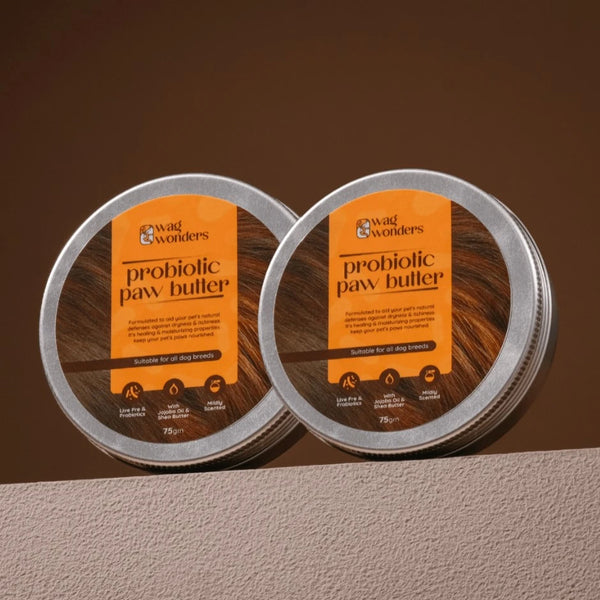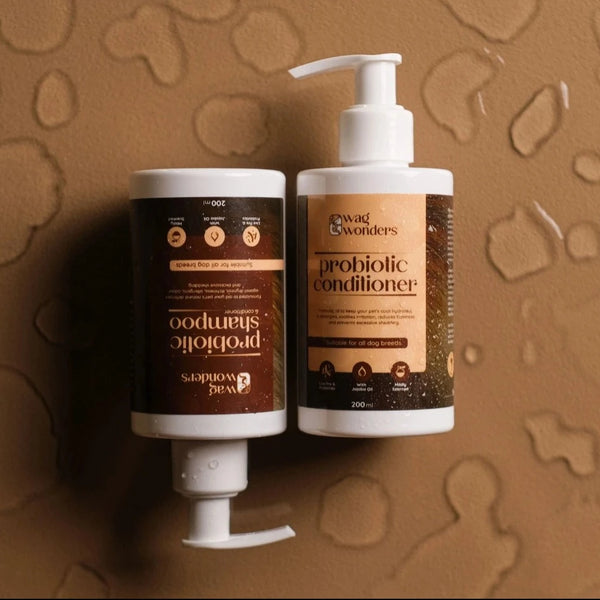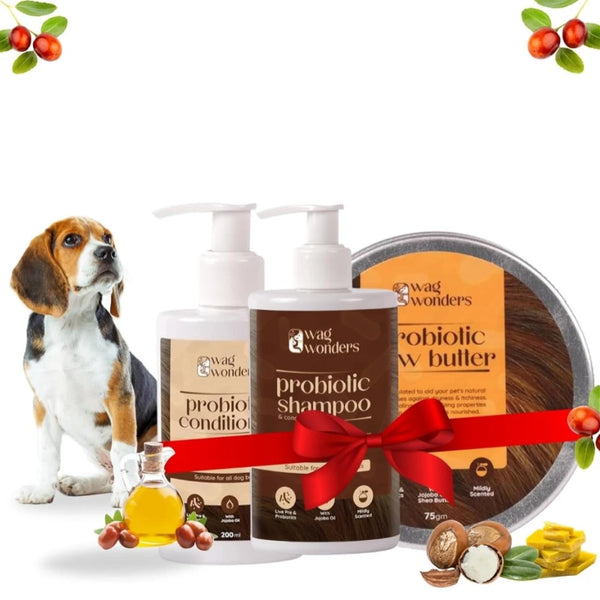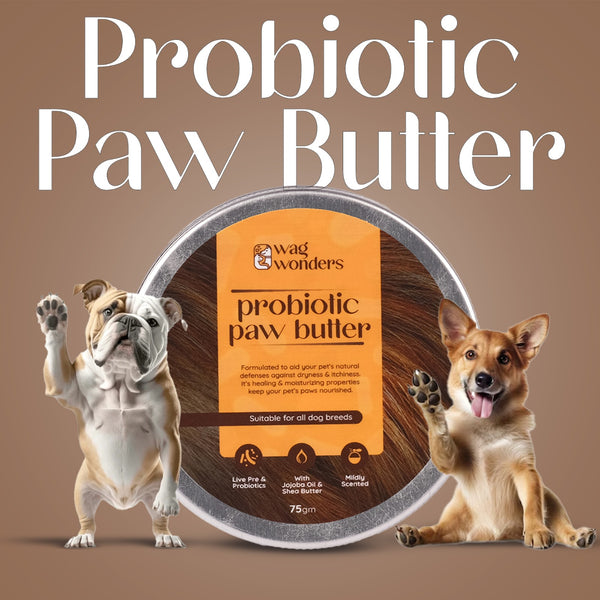How to Groom Your Dog After a Rainy Walk
Rainy walks might be a blast for your dog, but they leave behind a trail of muddy paws, musty smells, and potential skin irritation. That’s why having a wet weather grooming checklist is essential for keeping your dog healthy, happy, and smelling fresh after every rainy-day adventure.

More importantly, post-rain grooming isn’t just about surface cleaning—it’s also about protecting your dog’s skin microbiome, their natural line of defense against infections and irritation.
Let’s walk through the best steps to groom your dog after a rainy walk, from paws to tail, using the right tools and microbiome-friendly grooming products.
🐾 Step 1: Clean Those Muddy Paws Thoroughly
Wet ground equals dirty paws. Start by rinsing off mud and debris with lukewarm water, paying close attention to spaces between the toes. This is where bacteria and fungus love to hide.
Why it matters:
Moisture + trapped dirt = the perfect storm for fungal infections and hot spots.
✅ Pro Tip: Use a mild, prebiotic dog shampoo on the paws if they’re especially grimy. Follow up with paw butter to soothe and protect the pads from drying out.
🧼 Step 2: Dry Your Dog Completely
After a rainy walk, it's tempting to just towel off the surface moisture. But if your dog is left damp underneath their coat, it can lead to that unpleasant “wet dog” smell—and worse, skin irritation.
✅ Use an absorbent microfiber towel or a low-heat pet dryer. Make sure to dry under the belly, armpits, and behind the ears, where moisture tends to linger.
🧴 Step 3: Condition for Coat and Skin Health
Rain can strip natural oils from your dog’s coat and disrupt the skin microbiome. A leave-in probiotic dog conditionercan help restore balance, reduce odors, and prevent tangling, especially for long-haired breeds.
💧 Look for ingredients like:
-
Jojoba oil for moisture
-
Prebiotics & probiotics to support healthy bacteria
-
Coconut oil for natural shine and skin hydration
🧽 Step 4: Check for Irritation or Redness
Rainwater often contains dirt, bacteria, and even pollution—especially in urban areas. After drying, inspect your dog’s skin for signs of:
-
Redness
-
Itching
-
Bumps or hot spots
-
Unusual odor
If you notice these signs, it may be time to adjust your grooming routine or consult a vet.
✅ Use microbiome-friendly products that help heal and protect sensitive skin instead of harsh antiseptics that can cause imbalance.
🧴 Step 5: Moisturize Paws and Elbows
After wet exposure, dog paw pads can become cracked, dry, or sore. A high-quality paw butter infused with natural butters and oils helps seal in moisture and prevent further damage.
Use regularly, especially during rainy seasons, to keep paws soft, healthy, and infection-free.
🌿 Bonus Tip: Support the Skin Microbiome Year-Round
Even occasional exposure to rain can throw off your dog’s skin health if the microbiome isn’t supported. That’s why grooming products enriched with prebiotics and probiotics offer long-term benefits:
-
Balance good and bad bacteria
-
Prevent itching, dryness, and infections
-
Strengthen natural skin defenses
A strong microbiome means fewer vet visits and a happier dog!
Post-Rain Grooming Checklist Recap ✅
-
🐾 Rinse paws with water or prebiotic dog shampoo
-
🧼 Towel dry thoroughly—don’t leave damp spots
-
🧴 Apply leave-in conditioner to restore balance
-
👀 Check skin for redness or irritation
-
💧 Moisturize with paw butter to prevent cracking
Final Thoughts
Post-rain dog grooming doesn’t have to be a hassle. With the right wet dog cleanup routine and skin-friendly grooming products, you can turn a muddy walk into a chance to nurture your dog’s skin and coat—naturally and effectively.
Want to try a microbiome-safe grooming routine for your dog? Explore wag wonder range of prebiotic and probiotic-enriched dog shampoos, conditioners, and paw butters designed for year-round wellness.

